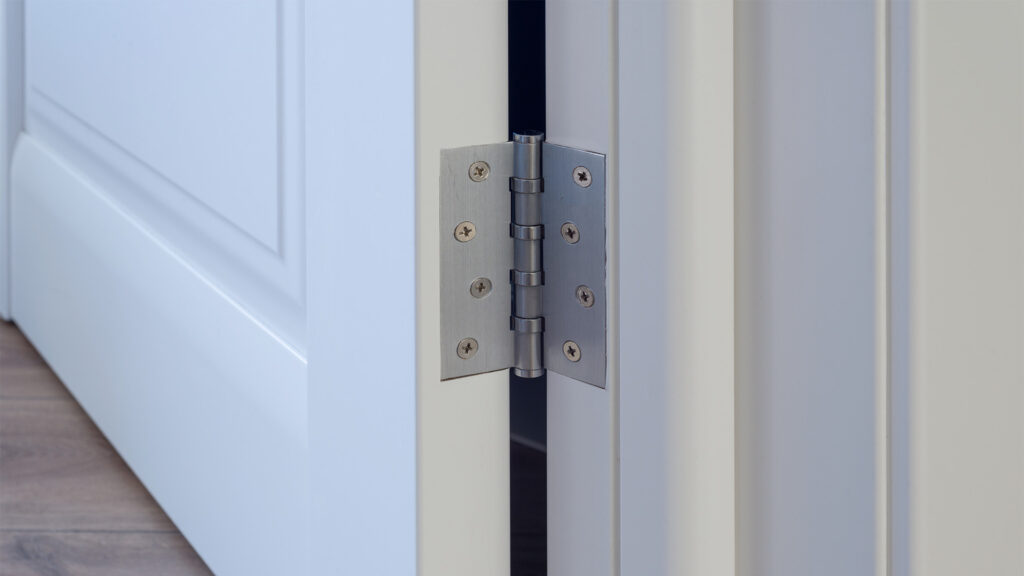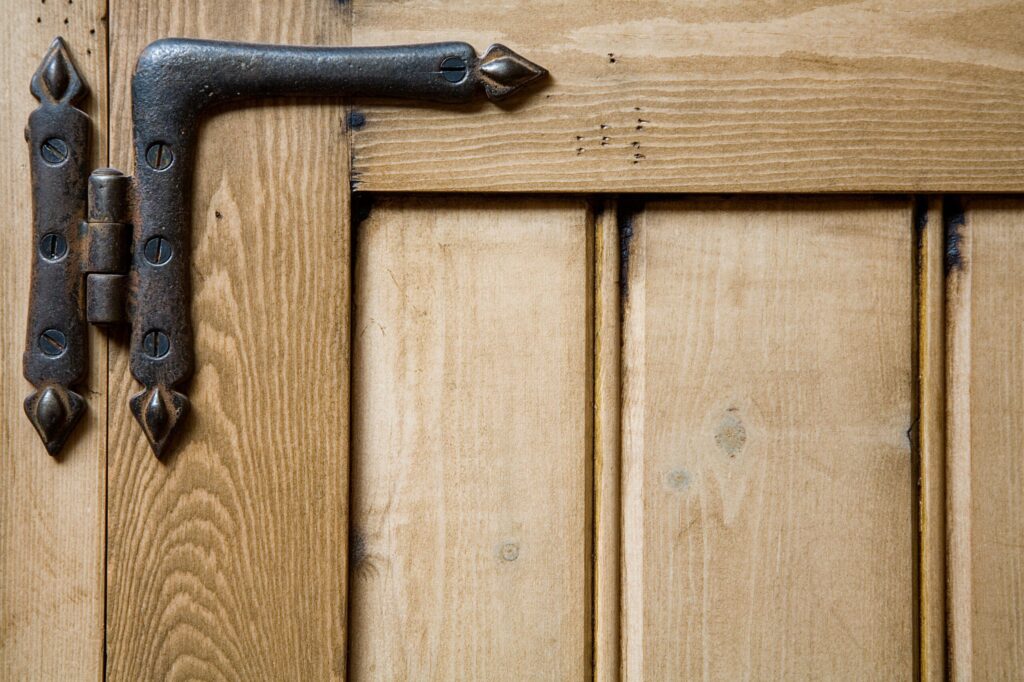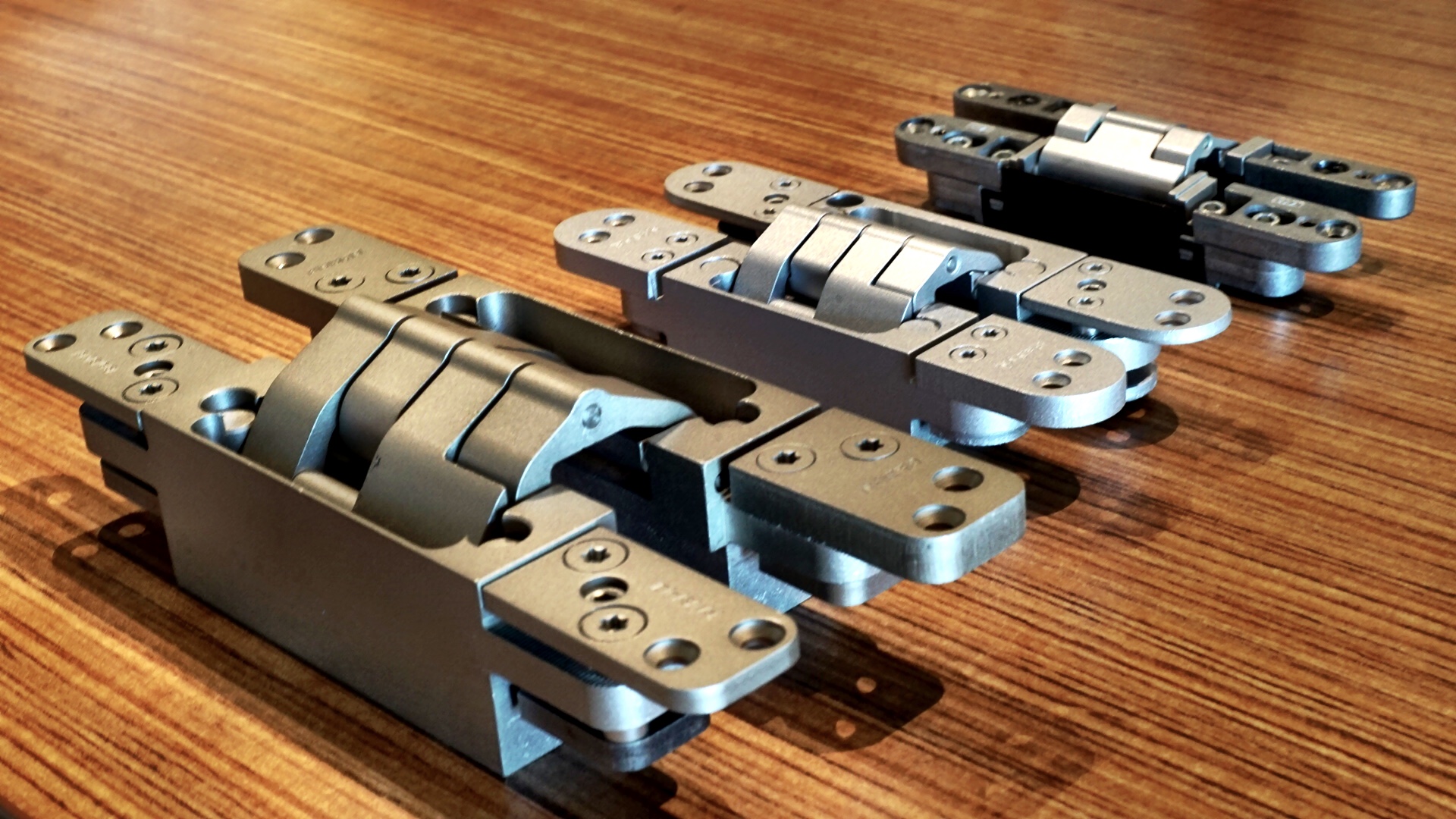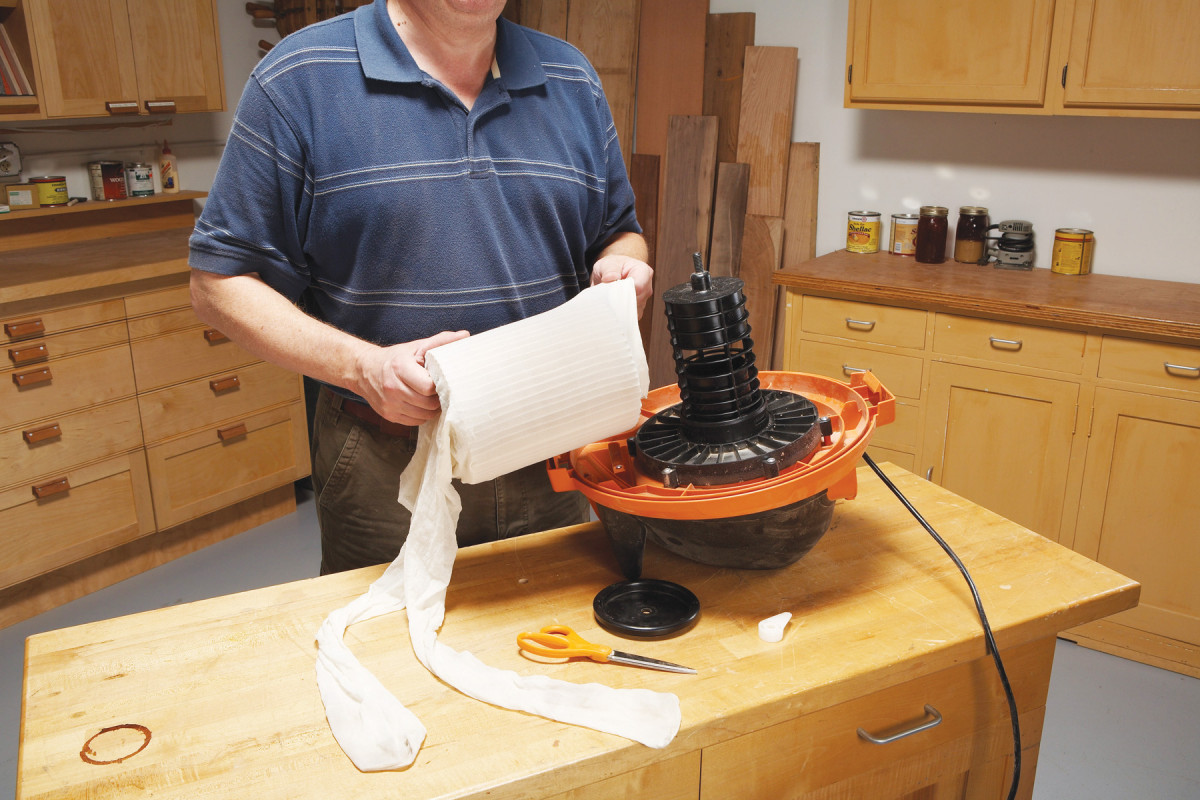For you to make a functional door, you need to understand how door hinges work. So, the different types of door hinges work in not so similar way.
So, how do hinges work? Generally, a door hinge consists of two machines, the axle and the wheel. The axle rotates to facilitate opening and closing of the door while the wheel is responsible for making that movement possible.
With these simple machines, a door hinge can work as a lever. The, depending on your personal preference and taste, you can use nails or screws to hold the hinge to the door and door jamb.
By the way, I’m trying not to be too technical with all these stuff. I’ll assume you’re are just starting to work on your woodworking skills.
See Also: Next Day Flower Delivery in Sydney
Just sit tight, and try to read through to the end or filter through the content and go to exactly what you need. I’ll explain how door hinges work. I will explain how each type of hinge work. Some of them may overlap but I’ll let you know when such an instance occurs.
As a bonus for reading through to the end, I will recommend some of my favorite door hinges that are worth buying.

First, a bit of personal experience.
Let’s face it, when designing an interior door, exterior door, cabinet door, or something else, choosing the right door hinge is crucial not only for aesthetics but also for proper functionality.
When I’m working on my woodwork projects – in case they involve adding a hinge – I usually make sure I know what type of hinge to include before designing the door.
That way, it makes things easier. I rarely encounter cases where I made a door and then the hinges start making squeaky sounds.
How Do Soft Close Hinges Work?
There are so many formats of soft close hinges. An example is one that closely resembles the model used for making toilet seat.
The hinge combines a spring and friction washer. The friction washer, in this case, will allow you to slow the descent as you close the toilet seat.
On the other hand, the spring compresses a little bit to allow a gentle impact on the bowl.
The idea here is to allow the door to close silently.
These days, there’s a surge in the use of hydraulics to achieve soft close hinges.
There is a chance you’ve encountered one of these ‘assistive’ hinges.
These hinges consist of a spring and miniature pneumatic cylinders. These components help with closing and opener of heavier doors.
You can find such hinges on commercial buildings.
You will use these machines for doors that you would not normally fit them with hydraulics.
The point is, the spring will help you open or close the door to a set point.
The cylinder, on the other hand, will prevent the door from slamming against the door jamb or the wall.
How Do Cabinet Door Hinges Work?
A cabinet door hinge is another example of a soft close hinge.
While the design may vary depending on the brand you choose, the idea is to offer a gentle impact.
A cabinet door hinge has a specific angle in relation to the assembly that is meant to encourage the door to close.
Additionally, the cabinet door hinge has soft plastic pad at the column situated just before the door’s bumpers come in contact with the frame.

How Do Self Closing Door Hinges Work?
If I talk about self closing door hinges then the simple hinges split into many frames.
There are many types of self closing door hinges. There is adjustable closing force and speed that you can keep your security at top level.
They can give control its control by using adjustment valves. Usually, self closing door hinges are used for small doors but they can be used as mechanical doors.
It’s up to you but these hinges are also using in mechanical doors in commercial as well as residential.
Butt Hinges
Butt hinges are the most common type of hinges used on entry doors and passage doors, as well as some cabinet doors. The hinge consists of two leaf plates, one anchored to the edge of the door and the other to the door jam. The leaf plates come together and are hidden between the door and frame when the door is closed so that the only thing visible is the barrel of the hinge, containing a pin that holds the hinge’s leaf plates together. This type of hinge is also known as a mortise hinge, due to the fact that the two leaf plates are recessed into mortises cut into the edge of the door and door jamb.
For indoor use, butt hinges are usually made of steel; exterior doors and outdoor applications call for stainless steel.
Flush Hinges
A flush hinge is a special type of butt hinge in which one leaf plate fits inside a cutout on the other mounting plate. Therefore, it requires that only one mortise be cut in the door or door frame, offering a space-saving technique. It is usually used for lightweight doors, such as those on cabinets or decorative boxes.
Spring Hinges
A spring hinge is another variation of the butt hinge, in which the leaf plates are fitted with spring metal that causes the hinge to close automatically. With large doors, they are often installed in groups of three in order to provide sufficient closing force for the door
Strap Hinges
Unlike butt hinges, a strap hinge has leaf plates that are fully exposed when the door is closed. One leaf is attached to the face of the door on the pivot side, the other leaf is attached to the face of the casing. This type of hinge is often used for utility applications, such as doors on sheds and garages, although decorative hinges are also available for use on ornamental boxes and chests.

Butterfly Hinges
A butterfly hinge is a variation of the strap hinge, featuring leaf plates that are decoratively shaped in a manner that resembles the wings of a butterfly. They are often made of brass or another decorative metal and are most often used on ornamental boxes or cabinets.
Gate Hinges
This is another variation of the strap hinge, but here the leaf plates are of different sizes. With a gate hinge, one leaf plate is narrow, intended to be anchored to the face of a gate post. The other leaf plate is a long extension that is anchored to the horizontal rail on a wooden gate.
Barrel Hinges
A barrel hinge is a special type of hidden hinge usually used for light-duty applications, such as hinges on doors for small cabinets and chests. It is so named for the two-barrel pins that are recessed into the edge of the door and the frame. A jointed connection between the pins pivots to allow the door to open and close.
Piano Hinges
Also called a continuous hinge, a piano hinge is a long hinge designed to provide continuous support along the entire length of a door. It is usually used for lids on large chests or toy boxes—or the lid on an upright piano, the application that gave this hinge its name. Piano hinges can either be mortised into the lid and frame to be hidden when the lid is closed, or they can be surface mounted as a type of strap hinge.
Pivot Hinges
A pivot hinge is often used for overlay cabinet doors or entertainment centers, in which one arm of the hinge is mounted on the inside frame of the door, the other on the inside surface of the cabinet. A single pivot point allows the hinge to open and close. These hinges are normally sold in pairs, with one installed at the bottom of a door and a mirror-image hinge installed at the top. Cafe doors use another type of pivot hinge.
Euro-Style Hinges
A Euro-style hinge is a special form of pivot hinge used for overlay doors, where the hinges are entirely hidden. In some styles, one plate of the hinge contains a recess that is mortised into the door. The other half of the hinge is mounted to the sidewall of the cabinet. When closed, the hinge pivot mechanism fits inside the mortise, allowing the door to fit perfectly flush with the cabinet frame.


